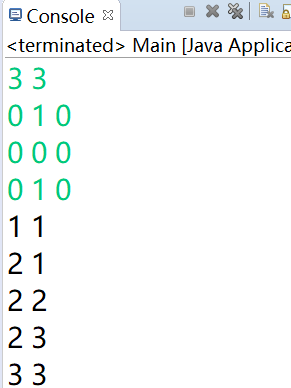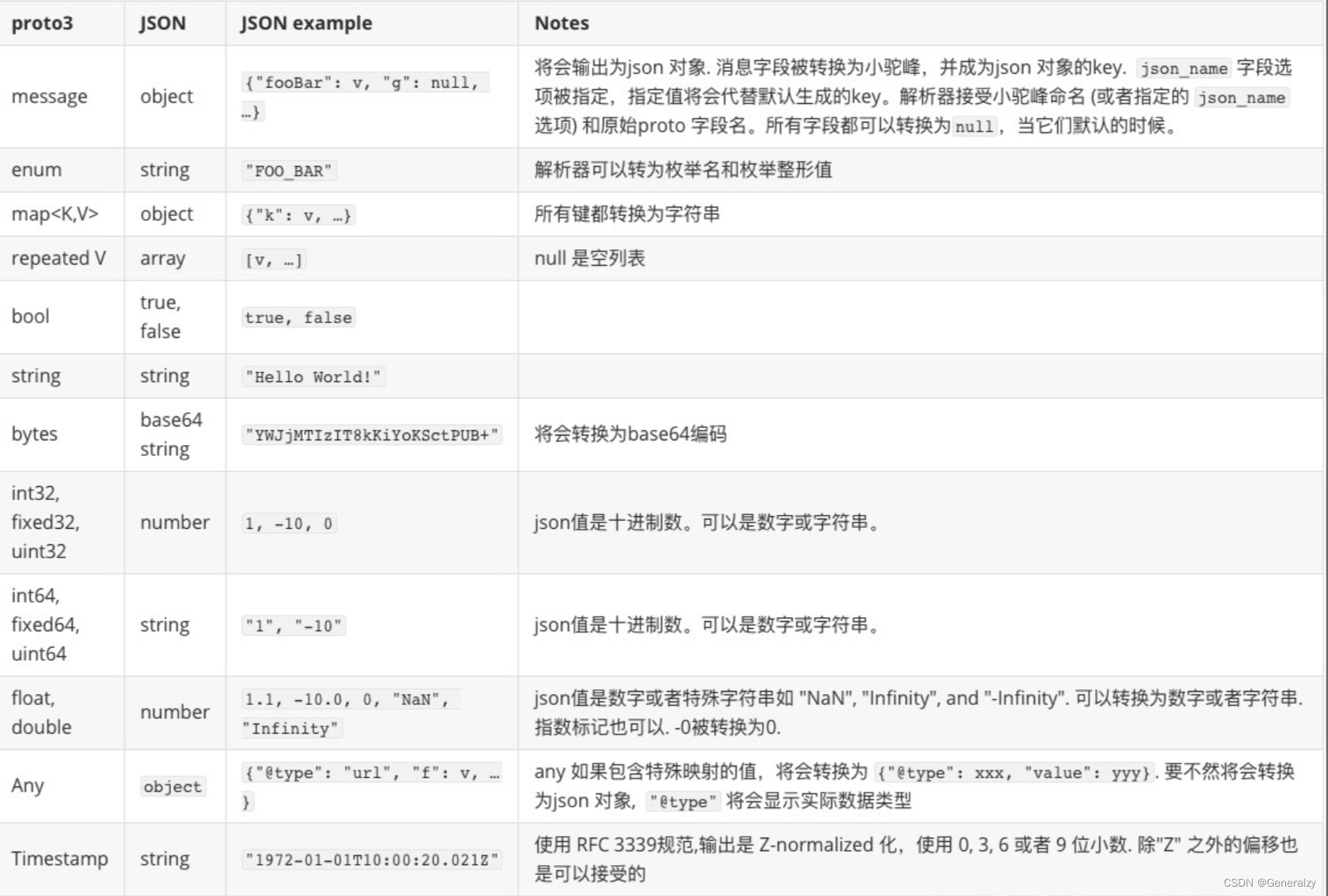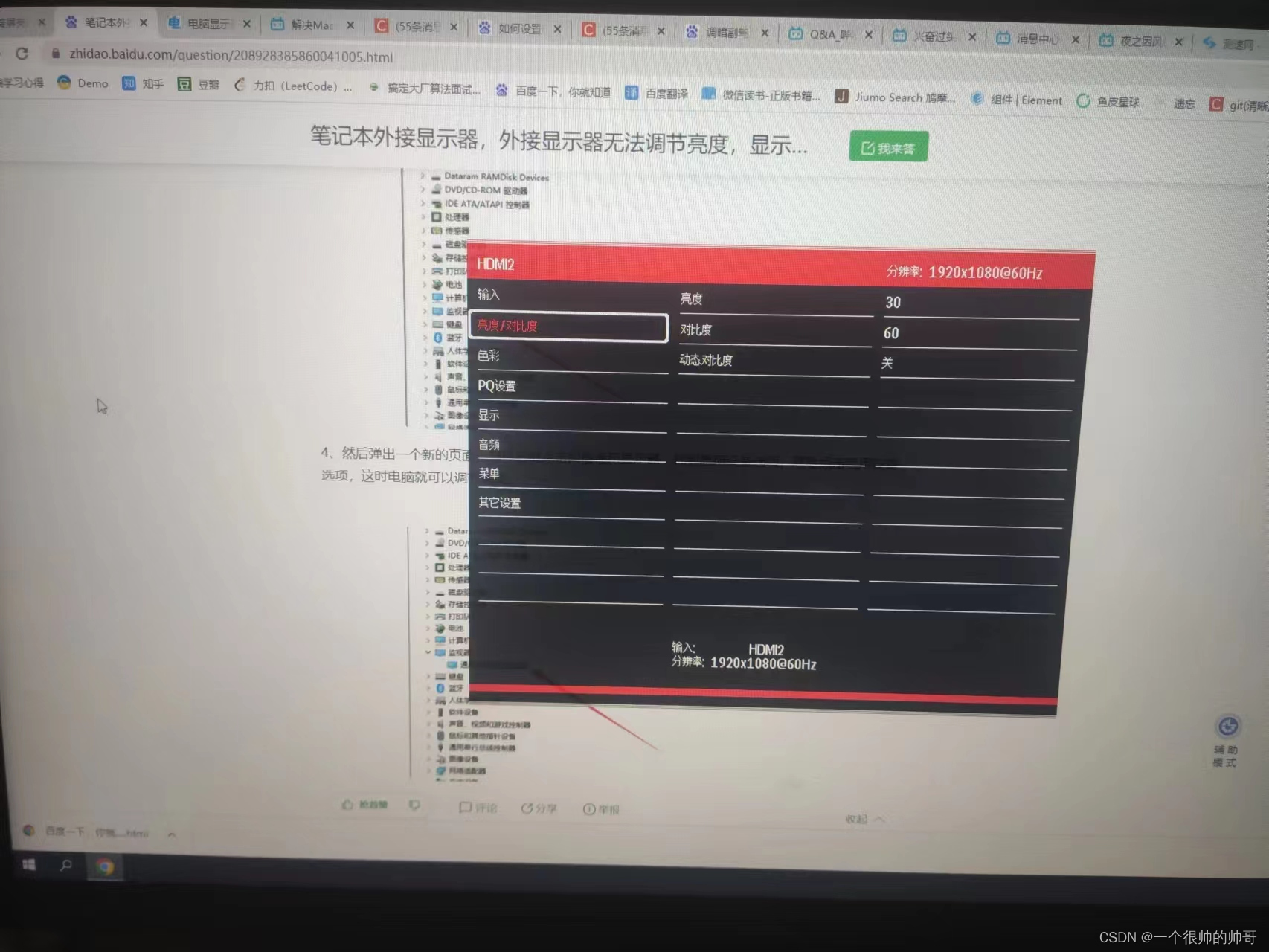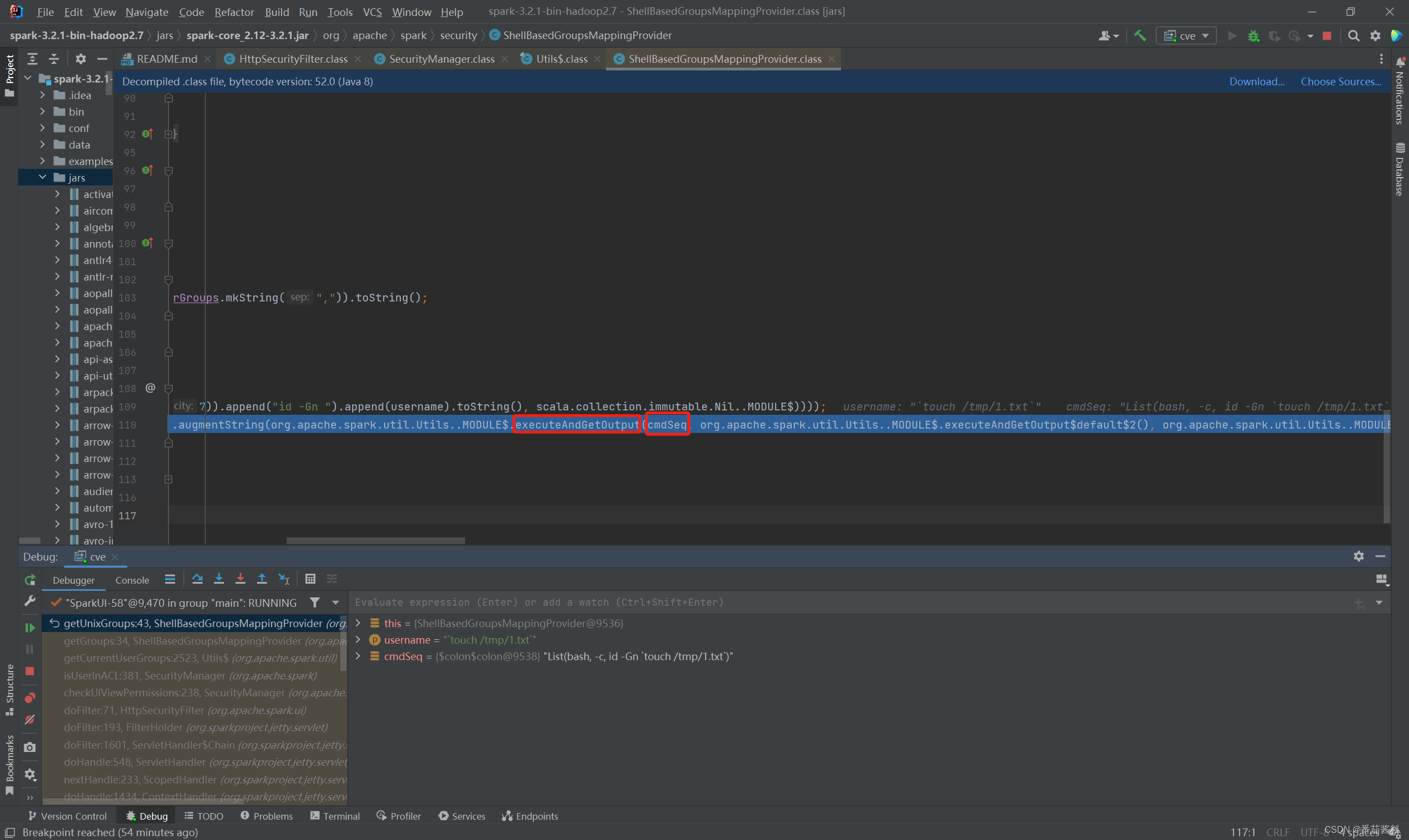题目描述
现有一个
n∗m大小的迷宫,其中1表示不可通过的墙壁,0表示平地。每次移动只能向上下左右移动一格,且只能移动到平地上。假设左上角坐标是(1,1),行数增加的方向为x增长的方向,列数增加的方向为y增长的方向,求从迷宫左上角到右下角的最少步数的路径。
输入描述
第一行两个整数
n、m(2≤n≤100,2≤m≤100),分别表示迷宫的行数和列数;接下来
n行,每行m个整数(值为0或1),表示迷宫。
输出描述
从左上角的坐标开始,输出若干行(每行两个整数,表示一个坐标),直到右下角的坐标。
数据保证最少步数的路径存在且唯一。
样例
输入
3 3
0 1 0
0 0 0
0 1 0
输出
1 1
2 1
2 2
2 3
3 3
解释
假设左上角坐标是(1,1),行数增加的方向为x增长的方向,列数增加的方向为y增长的方向。
可以得到从左上角到右下角的最少步数的路径为:(1,1)=>(2,1)=>(2,2)=>(2,3)=>(3,3)
思路分析
- 关于迷宫中最短路径的问题一般都采用广度优先搜索的思想,因为广度搜索“横扫千军”的形式确保了当前点到达其身边点时的距离一定是最小,以此类推,这样搜索下去到达目标点的距离也一定是最小的。
- 不过本题的难点是在于要求我们输出最短距离的具体路径,如果是深度优先搜索的话,使用递归就可以很好的输出路径,但是广度优先并不由递归的方式实现,因此如何确保到达目标位置后如何还能找到“回头路”(即怎么知道从那个点出发过来的)是我们要解决的问题。
- 一个好的办法是创建一个和地图同样维度的二维数组
Pair prePosition[n][m],其中Pair是我们的自定义类,其存放点的坐标信息,而在prePosition数组中则是存放到达当前点的上一个点的坐标信息,如prePosition[i][j]=new Pair(x,y)代表广度优先搜索中(x,y)的下一个点是(i,j),初始(0,0)的上一个坐标是(-1,-1)。 - 我们通过普通的广度优先搜索从起点走向终点,在这一过程中注意记录当前点的上一个坐标,来到最后一个点时,只需要通过简单的递归就可以根据之前留下的“线索”定位到起始位置,接着进行打印即可。
代码实现
package homework;
import java.util.LinkedList;
import java.util.Scanner;
public class Main {
public static void main(String[] args) {
Scanner scanner = new Scanner(System.in);
int n = scanner.nextInt();
int m = scanner.nextInt();
int arr[][] = new int[n][m];
for (int i = 0; i < n; i++) {
for (int j = 0; j < m; j++) {
arr[i][j] = scanner.nextInt();
}
}
BFS(arr, n, m);
}
public static void BFS(int arr[][], int n, int m) {
LinkedList<Pair> queue = new LinkedList<Pair>();
// 广度遍历时,(x,y)下标对应的上一个坐标
Pair prePosition[][] = new Pair[n][m];
Pair pair = new Pair(0, 0);
prePosition[0][0] = new Pair(-1, -1);
queue.addLast(pair);
while (!queue.isEmpty()) {
int size = queue.size();
for (int i = 0; i < size; i++) {
Pair poll = queue.poll();
arr[poll.row][poll.cols] = 1;
if (poll.row == n - 1 && poll.cols == m - 1) {
printCoord(prePosition, n - 1, m - 1);
return;
} else {
Pair pre = new Pair(poll.row, poll.cols);
if (poll.row - 1 >= 0 && arr[poll.row - 1][poll.cols] == 0) {
queue.addLast(new Pair(poll.row - 1, poll.cols));
prePosition[poll.row - 1][poll.cols] = pre;
}
if (poll.row + 1 < n && arr[poll.row + 1][poll.cols] == 0) {
queue.addLast(new Pair(poll.row + 1, poll.cols));
prePosition[poll.row + 1][poll.cols] = pre;
}
if (poll.cols + 1 < m && arr[poll.row][poll.cols + 1] == 0) {
queue.addLast(new Pair(poll.row, poll.cols + 1));
prePosition[poll.row][poll.cols + 1] = pre;
}
if (poll.cols - 1 >= 0 && arr[poll.row][poll.cols - 1] == 0) {
queue.addLast(new Pair(poll.row, poll.cols - 1));
prePosition[poll.row][poll.cols - 1] = pre;
}
}
}
}
}
static void printCoord(Pair prePosition[][], int row, int cols) {
if (row != -1 && cols != -1) {
Pair pair = prePosition[row][cols];
printCoord(prePosition, pair.row, pair.cols);
System.out.println((row + 1) + " " + (cols + 1));
}
}
}
class Pair {
int row;
int cols;
public Pair(int x, int y) {
this.row = x;
this.cols = y;
}
}
















![[数据分析] 数据指标体系搭建](https://img-blog.csdnimg.cn/1985915108284f448b45b39fb6f303c0.png)


